These are the cars that shouldn’t exist. The ones for which any sane chief financial officer would have seen the research-and-development costs versus potential sales, then immediately told the engineers to go away and build an SUV, please.
Which is all the more reason to celebrate why they do exist. With the looming 2030 ban on new ICE car sales, ever-tighter emissions regulations and squeezed bottom lines, such cars feel like they have finite life left in them. Because not only do they go against the zeitgeist, but they also go against the flow of the companies that build them.
The Toyota GR Yaris hails from a firm whose most numerous car is the Toyota Corolla – an entirely worthy machine, but not one you will tell your grandkids you owned. Nissan’s recent back-catalogue consists mainly of crossovers, while Alpine – admittedly a one-car manufacturer at the moment, with the Alpine A110 – is part of Renault, which is famous for starting the MPV craze. So let’s be grateful for engineers who got their way and celebrate what we have here.
First up, the oldest of our trio: the Nissan GT-R Nismo. It’s staggering to think that this R35-generation Skyline has been on sale, in one form or another, since 2007. In that period, Porsche has launched not one but two entirely new iterations of the 911.
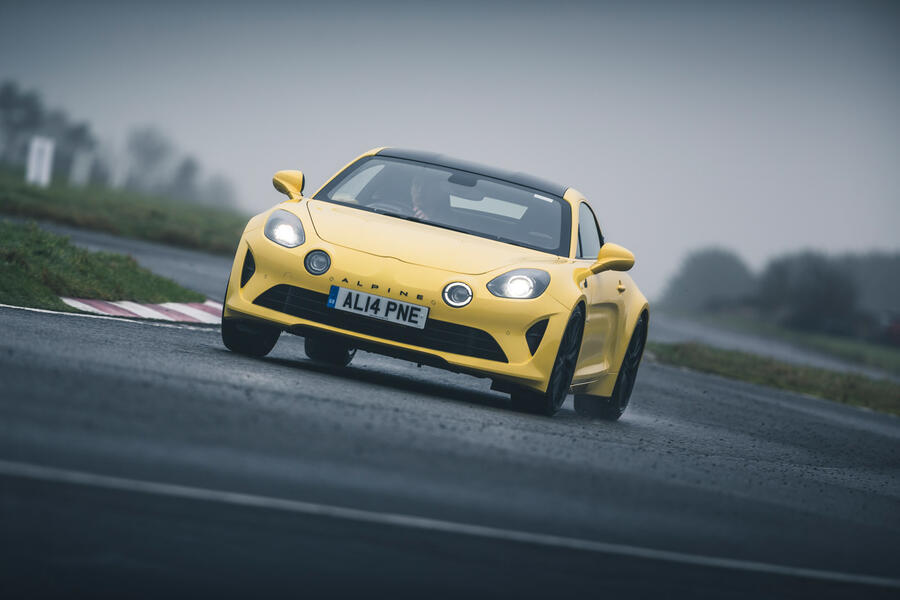
The GT-R has always had a cult status, and the R35 is no different. When it was launched, it was seen as the supercar-killer with a price and pace that defied all conventional wisdom. As it has aged, the cost has crept up to £180,000 – a pretty staggering figure, even given the performance of this latest Nismo edition. But it still manages to justify itself, feeling more exotic than the badge on its nose would indicate.
As you’d expect over such a long time, the development gains between iterations are getting marginal. How does one fewer groove on the Dunlop front tyres sound? That increases the amount of rubber on the road by 11%, apparently...
The turbochargers have also been breathed on; the new units, derived from the GT3 race car’s, have one fewer vane each, while the remaining 10 are 0.3mm thinner than before. Plus there are now carbon-ceramic brakes, extra bits of carbonfibre and new wheels. So, all in, the GT-R Nismo is 27kg lighter than it was.
Nissan upgraded this interior in 2017, but it’s safe to say that you still feel like you’re sitting in 2007. There is a touchscreen, but the cockpit is dominated by switches, including the all-important differential, suspension and traction control ones. It wouldn’t be an R35 without those.
Nor would it be an R35 without the 3.8-litre V6, producing a monstrous 592bhp and 486lb ft. One of the GT-R’s party tricks has always been its pace from a standing start, and this one can hit 62mph in just 2.8sec.
But for a car that has always been about raw figures and performance, it turns out that the GT-R has aged into more than that. I remember driving one of the first examples of the R35 when it was launched and being left a bit cold. It reminded me of a computer: a mighty fast one, but a digital device nonetheless, and it certainly didn’t draw me in as immediately as a Porsche 911 GT3.
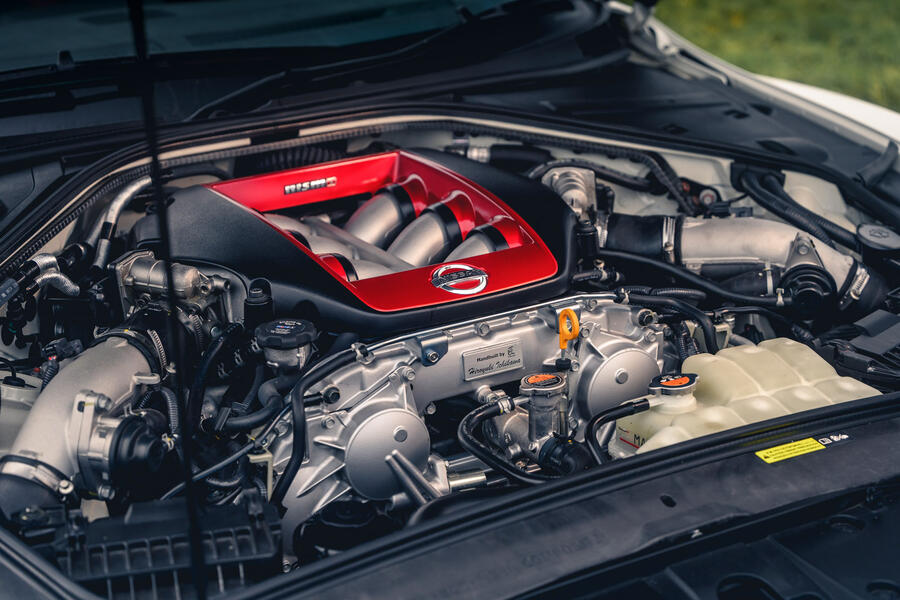
Since then, though, something has changed so that the GT-R now feels more involving. Whether that’s the automotive equivalent of nature or nurture isn’t entirely clear: is it down to the endless tweaking that Nissan’s engineers have done over the years or because most other cars on sale are now slightly remote? Either way, it’s definitely a moment to savour when you first press the starter button. It’s a very mechanical sound, a V6 bark.
From the start, the GT-R demands respect. This is a car you approach warily, like an old rock star who you have worshipped for years but has a curmudgeonly reputation. The diffs chunter at slow speed and the turbo whistle is a constant companion; it never lets you forget its raison d’être.
Sure enough, it delivers exactly as you think it will on the road. It tramlines, its hard ride is borderline unacceptable, it isn’t light and it’s hardly delicate – yet there’s something innately appealing about the way it goes about trampling over every single corner it comes to.
Point it at virtually any bend, let the light steering tuck the nose in sharply and you’re through and worrying about what’s next: somehow the GT-R just devours everything.
It reminds me of the Porsche 962, if you will forgive the namedrop. The old racer was horrendous at low speeds, but as soon as the aero kicked in, the whole car settled down. It’s the same with the GT-R: push through the bit where it’s nipping and snatching at you, let the engine and chassis breathe a bit and it’s brilliantly rewarding. The trouble is, of course, that requires a track.
Jump from the GT-R to the Alpine and it’s a stark contrast. The A110 is perfectly happy with however you want to drive: through town, its dual-clutch gearbox and gentle chassis pootle along nicely; but on a B-road, everything synchronises together beautifully. What a stunning effort.
With the Alpine A110, it’s what the car stands for that appeals so much: you don’t need monstrous power outputs or enormous tyres to make a brilliant sports car. It’s what Porsche used to regularly do so well (and sometimes still does), in that it’s a car that feels happy – feels right – no matter what speed you’re doing. If the GT-R is the aged rocker, the A110 is the best mate who is always willing to entertain.
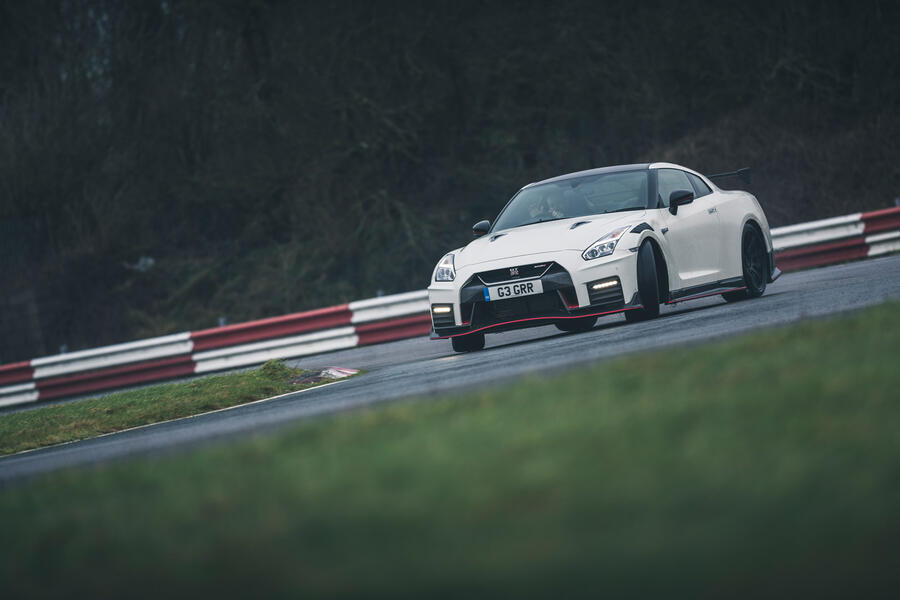
This refreshing attitude to removing weight, no matter what the cost, is why it was so critically well received. Viewing the bare bespoke platform of the A110, you will notice that the double-wishbone front suspension is incredibly tightly packaged around the fuel tank. The same goes for the rear arrangement and the engine. Care has been taken at every stage to make sure that the A110 not only stays true to its brief but remains doggedly faithful to the history of the Alpine brand as well.
By making it so light (the chassis and body are both aluminium, so the A110 tips the scales at just 1114kg), Alpine has created a car that defies the ‘more power, more grip’ mantra of most. And the good news is that all this is borne out when you drive it.
Drop into the oh-so-right seats, thumb the starter and you’re greeted with a surprisingly interesting exhaust note, given that this is a turbocharged four. It certainly pops and burbles more than you would expect if you flick it into Sport mode.
Some diehards might lament the fact that the A110 comes with only an automatic gearbox, but I’m glad that Alpine did it. It matches the car’s deftness of touch, the sense of being able to drive it with just the tips of your little fingers and letting it flow delicately across the asphalt. Next to the GT-R’s sofa-chewing lunacy, the A110 feels like a single thread of silk.
Because the A110 is so light, Alpine could get away with softer spring rates, so it’s no surprise that it rides so well. It does roll through corners more than its rivals, but there’s a lovely sense of knowing exactly what it’s about to do. Some mid-engined sports cars have fantastic balance but give little feedback when you’re really pushing on. They don’t let go progressively. The A110 is gentle: turn in, the front grips, the body rolls and the car pivots around you. It’s a wonderfully linear process.
Balance is the key word for this car. Everything is so well judged that nothing jarrs. Even the colour of our test car is friendly. Having spent just a week in one, I really do hope that the engineers who managed to argue their case for the A110 have the same dogged determination for what comes next. The world needs it.
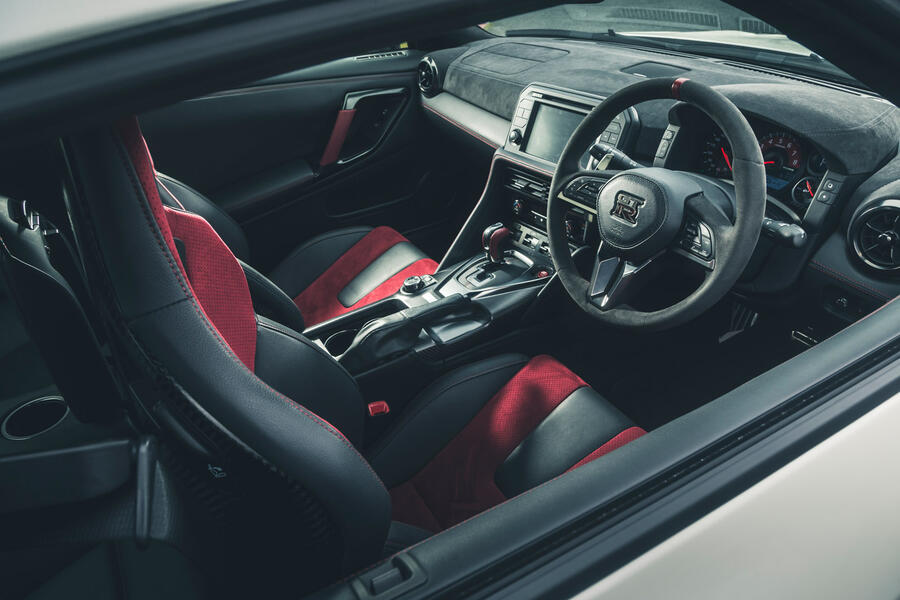
Finally, then, the newbie of the group. The GR Yaris has created a huge amount of fuss: rave reviews from every publication and Twitter full of people gloating about having ordered one. It’s hard to remember a car that struck such a chord so quickly, save perhaps for the A110.
And no wonder. You will notice that the car here is a three-door. Students of the Yaris will know that every other model has five doors. Toyota’s engineers built an entirely unique hot hatch on an entirely unique platform. Cost? I’m not sure they know the meaning of the word.
In fact, Toyota’s expense has arguably gone even further than the engineering behind this incredibly complex hot hatch. The Japanese firm created an entire new motorsport division and a top-level rallying programme to apply the knowledge into its road cars that it would make itself. Not for Toyota a limited-run homologation special built by an outside supplier: it has flipped the whole thing on its head. As far as market strategies go, it’s bold.
Suddenly the cost of the GR Yaris starts to become understandable. Still, a unique platform reinforced all over the place, aluminium and carbonfibre composite body panels, all-independent suspension and the most powerful three-pot engine in the world doesn’t come cheap.
The aerodynamics were developed with help from Toyota’s World Rally Championship team, and it even has a four-wheel drive system with proper Torsen limited-slip diffs and a manual ’box. It’s everyone’s wish list of what a hot hatch should have.
As soon as you set off, it’s obvious that the GR Yaris is about more than the sum of its parts. Even though the A110 has the sunniest disposition of our three cars, you still treat it with slight kid gloves, especially in soaking weather. Rear-wheel-drive, mid-engined: that needs a little bit of building up to. The GR Yaris, on the other hand, is a hoot from the get-go.
Nothing will ever stop you having a laugh in this car. The A110 is the pure one, the middle-aged yoga instructor, whereas the Toyota is the teenager. It’s going to have fun and to hell with the consequences.
There’s a wonderful thrum from the three-pot that rewards through the rev range as the sound ebbs and flows. It’s not the most responsive from lower down (blame the single, relatively large single-scroll turbo for that), but once it’s singing above 2500rpm, it pulls cleanly right to the redline. It’s not quite the manic boost dump from Subaru Impreza WRXs of old, but it’s no less addictive or fun for it. It’s certainly fast enough to make any B-road a hoot.
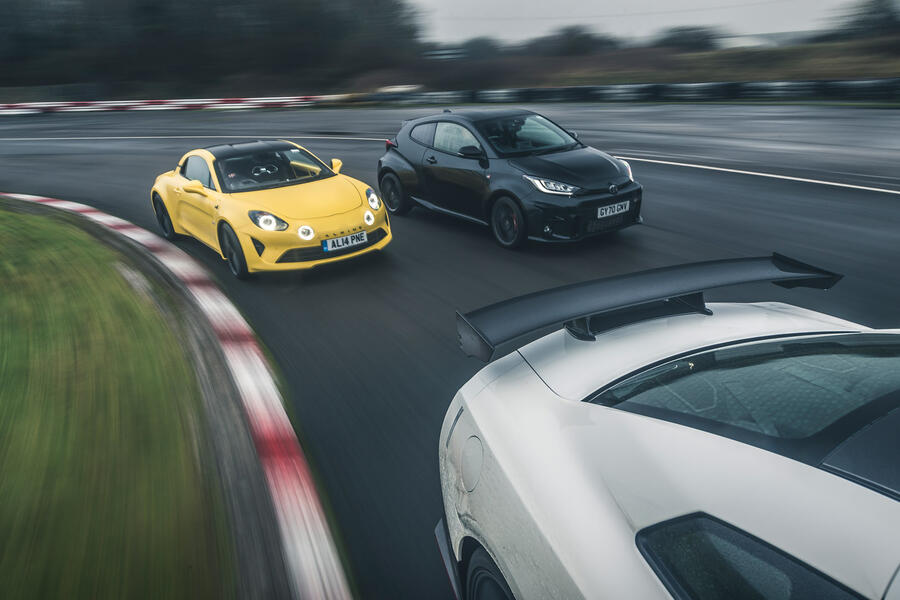
Like those rally specials, the Yaris has clever diffs at work. Normal splits the torque 60:40 front to rear, Track takes it to 50:50 but Sport is where you need it: an impressive 30:70 front to rear. Wet or dry, it makes for a brilliantly engaging car that can be driven with far more abandon than is sensible. It doesn’t quite have the impressive line-tightening technique you got when you stamped the throttle in Imprezas or Mitsubishi Lancer Evolutions, but it does grip and go like few other modern cars.
As with the other two cars here, corners could have been cut but weren’t. The engineering integrity is what makes them stand out. Sure, compromises have been made (the A110’s Renault parts-bin interior, for instance), but what would you rather have: a car that excites as much as these three but with a dodgy indicator stalk or a completely unique interior featuring diamond-encrusted dials yet flaccid handling? I know where my money would go.
So take this as a public service announcement from Autocar: please go out and buy these things. Let’s all surprise the bean-counters.
How Godzilla became a legend
The cult of the Nissan GT-R goes back a long way: the first time the GT-R badge appeared was in 1969, on the Skyline 2000 GT-R. This was a high-performance car (although very ordinary-looking compared with the R35 here) built for touring car races.
The GT-R name rumbled on via various Skyline variants (including a fantastic-looking concept from 1972), but it was the R32 model that helped turn the car into a household name.
This was partially down to the rise of Japan’s infamous street-racing Midnight Club in 1987, for which cars needed to do more than 200mph to be competitive. The tuners stepped in and the cult began.
But the R32 was also successful in legal racing. It won 29 races with no defeats in its home market and competed at events including the Spa-Francorchamps 24 Hours. From there, cars like the R33 Nürburgring Time Attack and one-off R33 GT-R LM road car (registered in the UK but never marketed) meant that the GT-R’s reputation was cemented.
The subsequent R34 and R35 have only carried on that legacy. Save for a Skyline van in 1964 (yes, really), it has been a remarkably pure lineage.
READ MORE
New Toyota GR Yaris makes first UK appearance at Goodwood
Toyota GR Yaris 2020 UK review
Toyota GR Yaris vs Nissan GT-R Nismo video review: on-track giant killing?

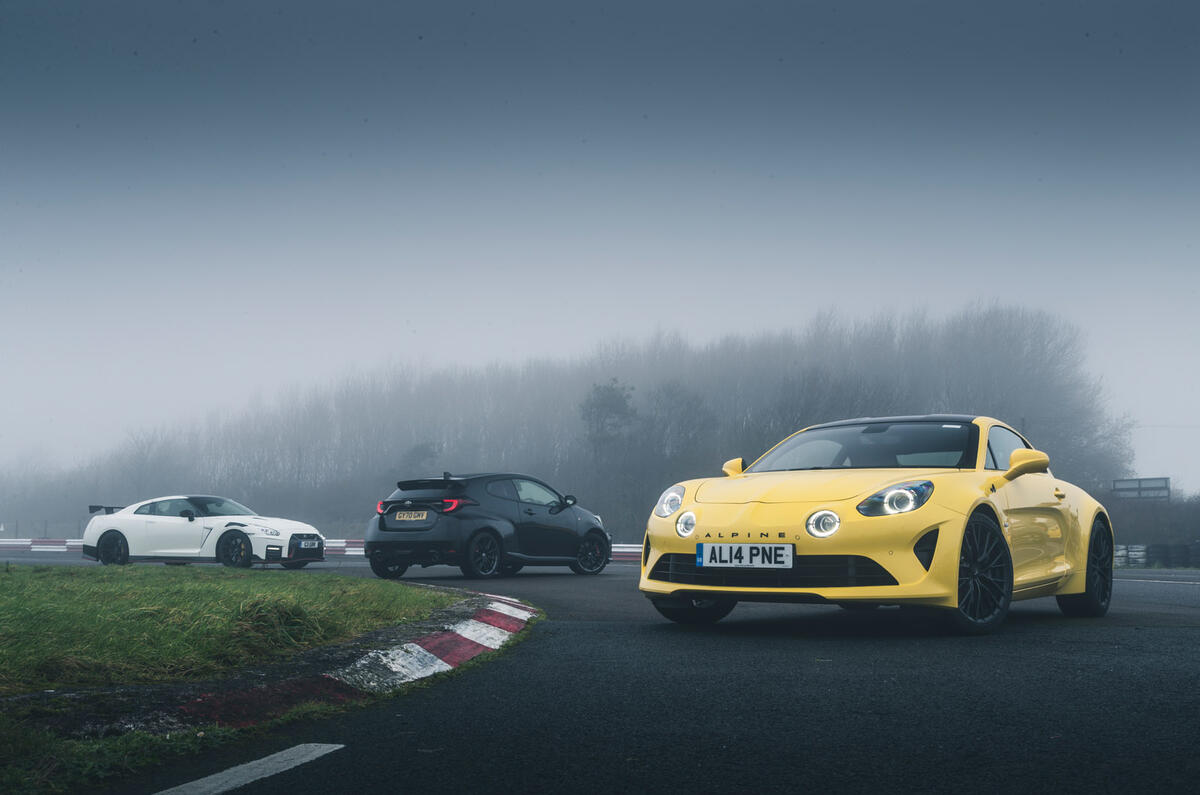
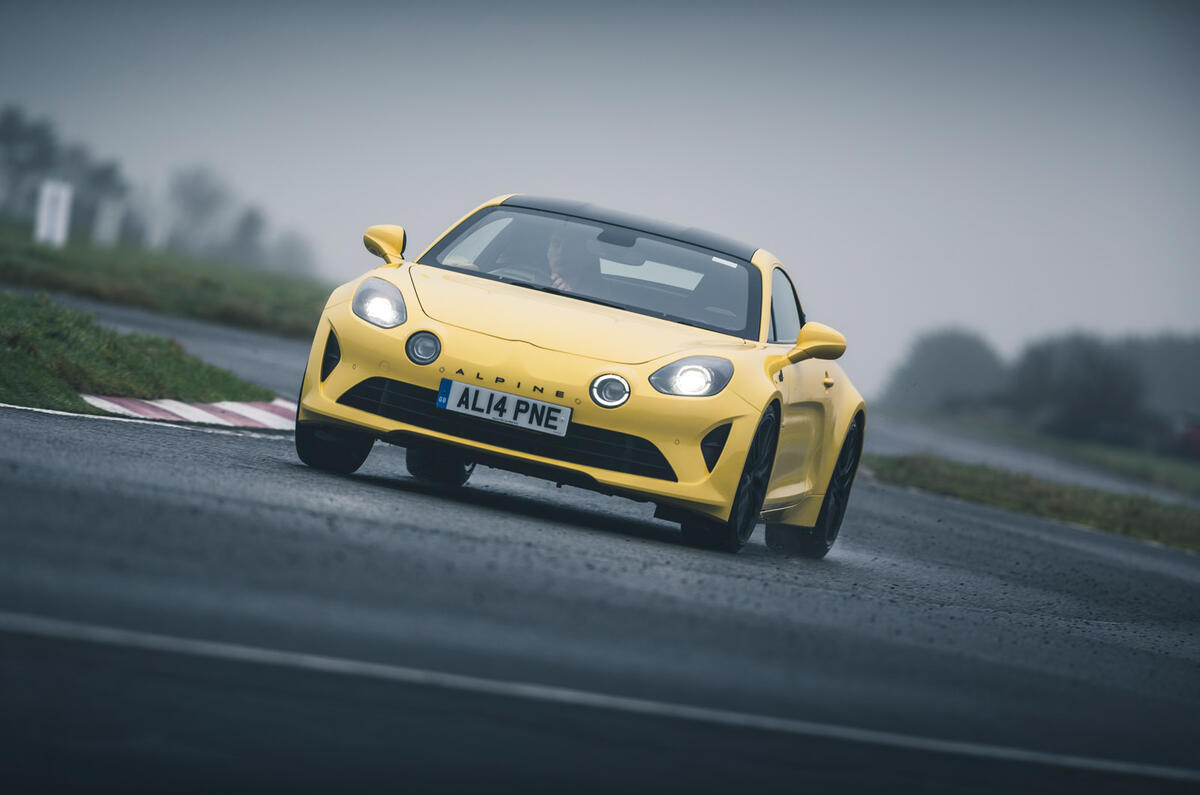
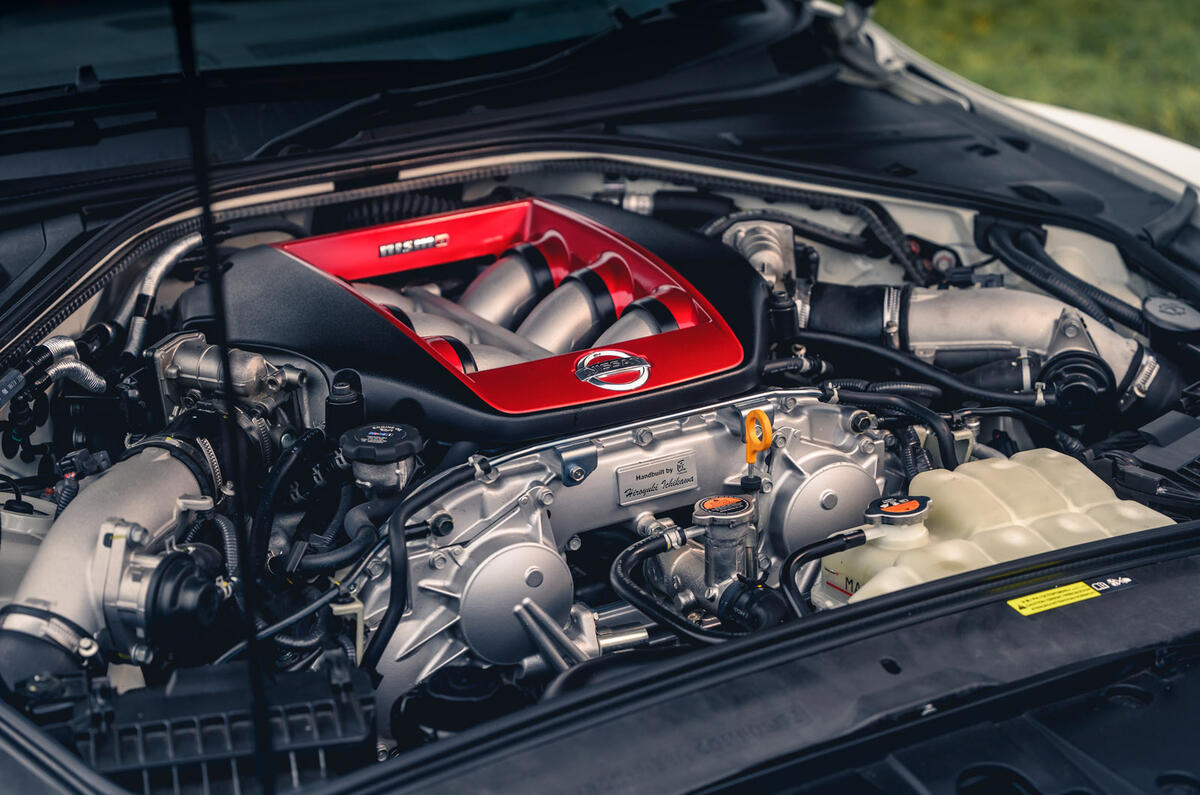

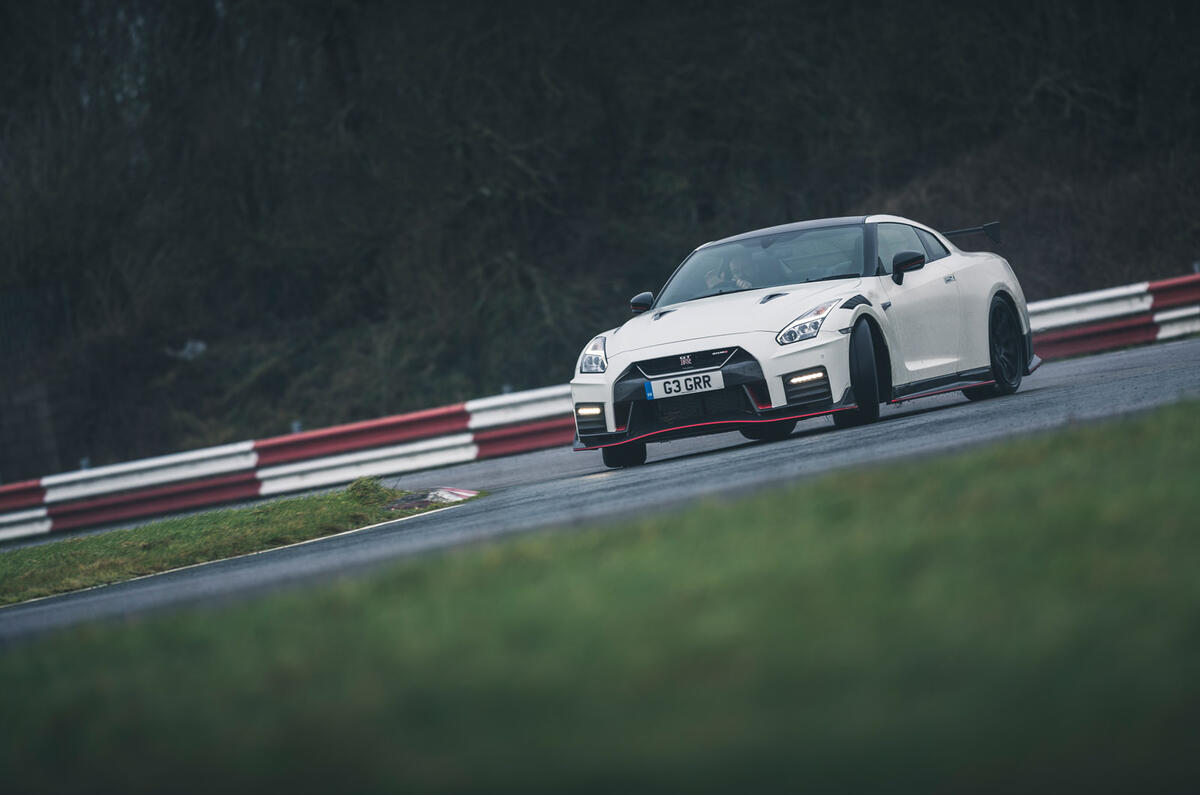
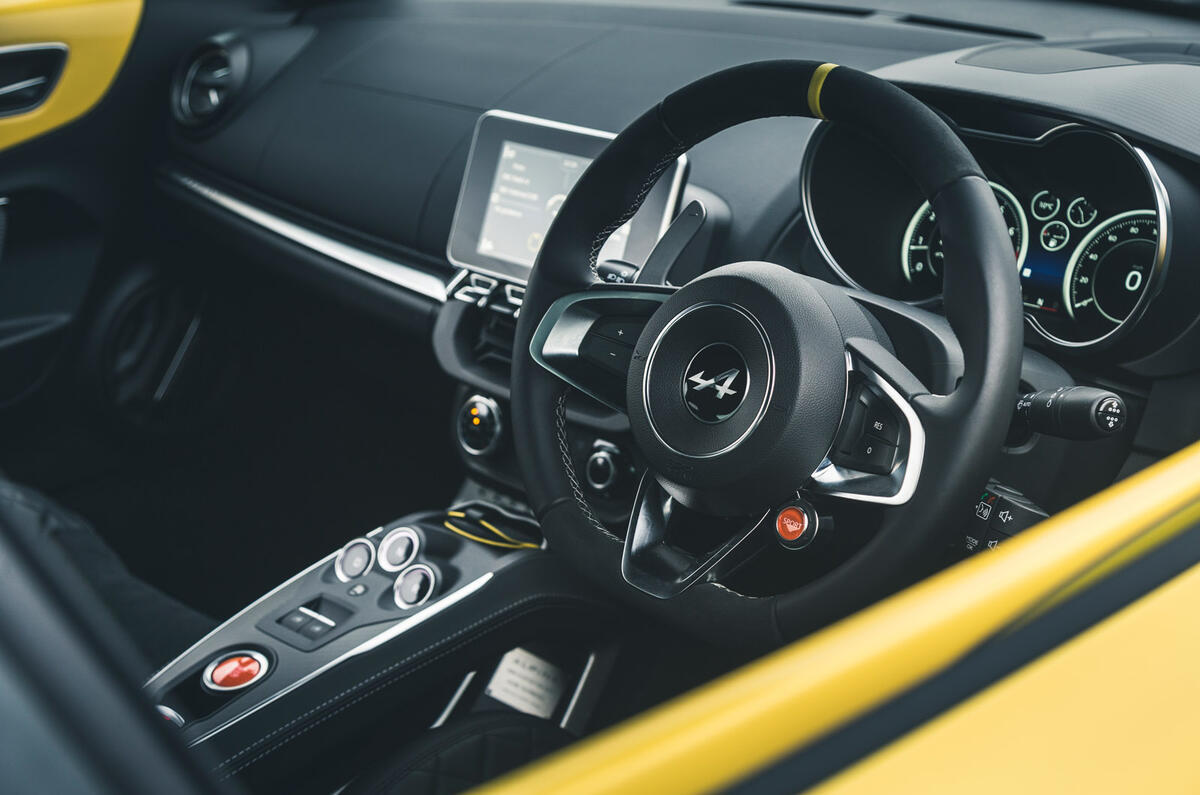
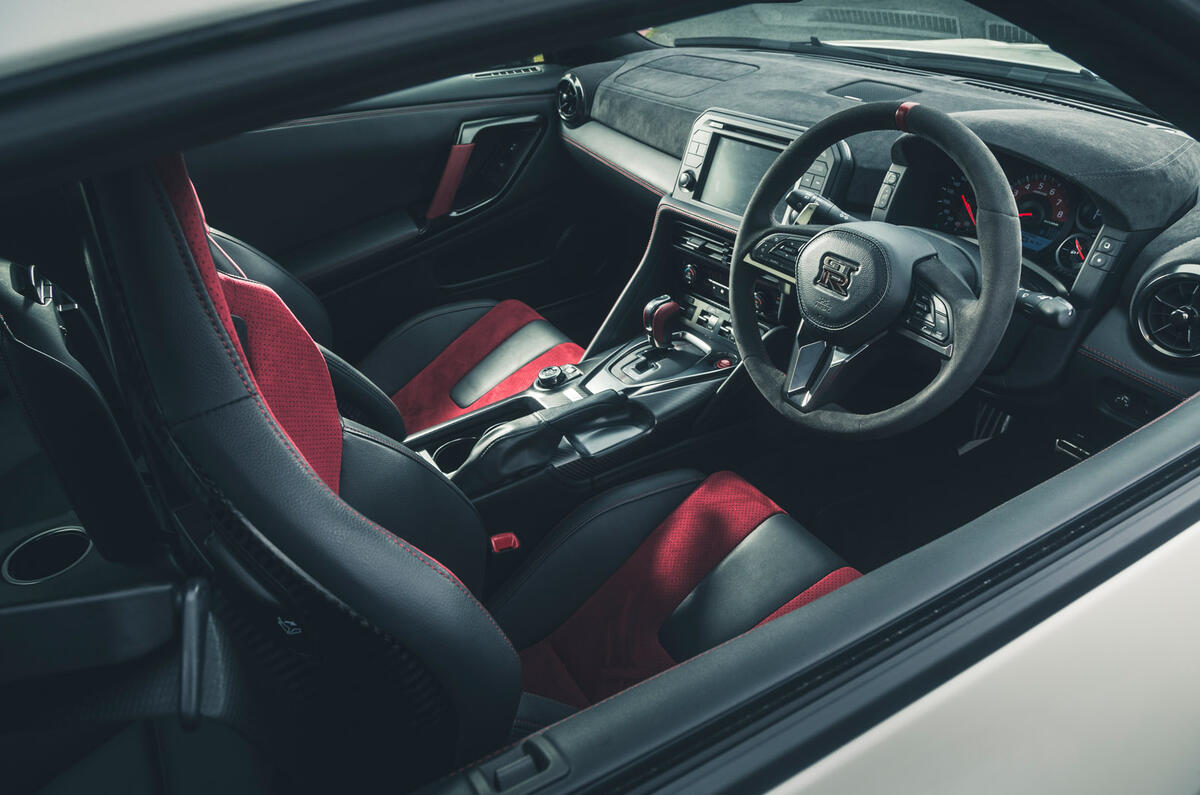


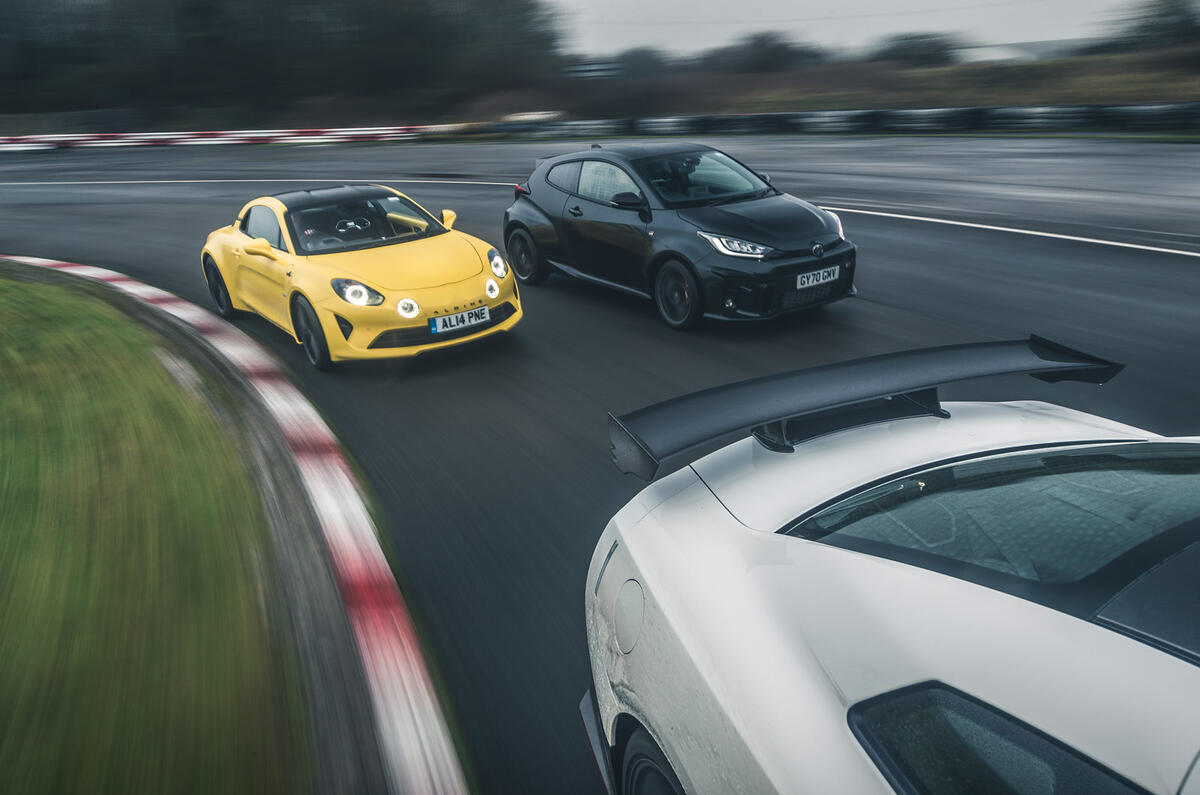
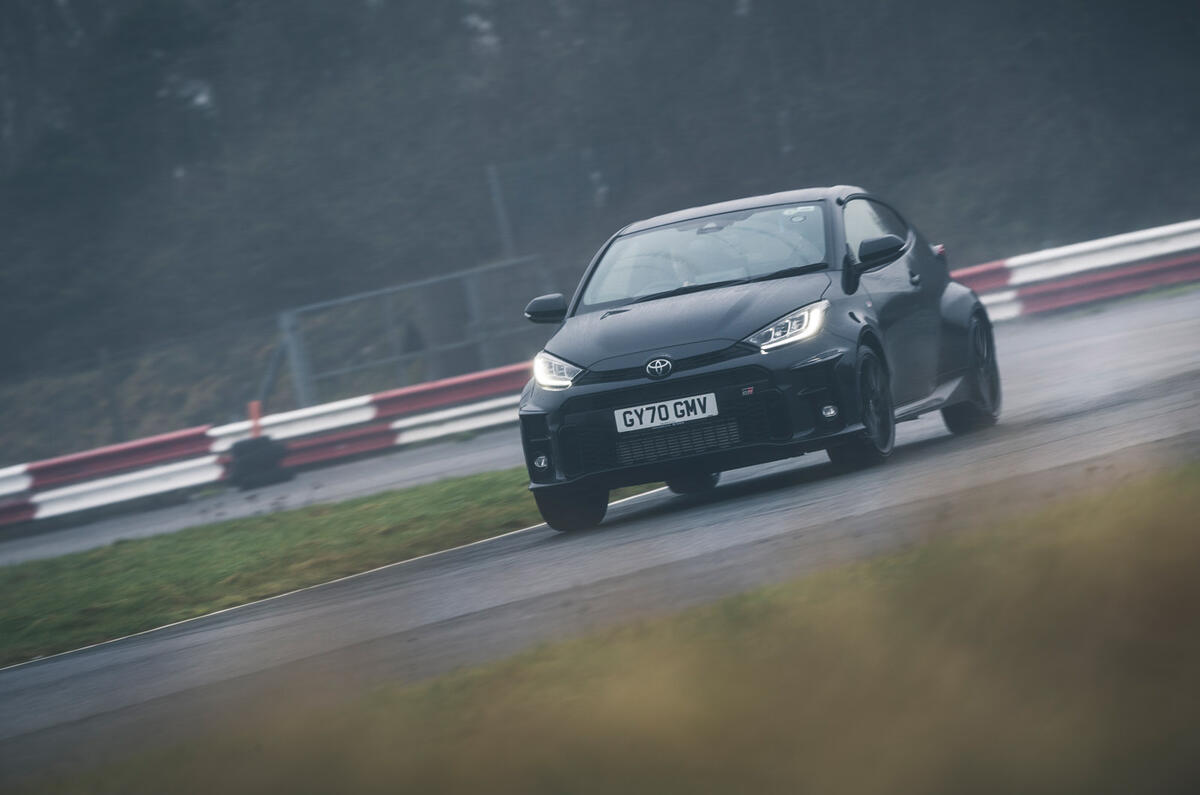


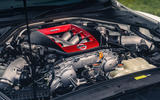










Join the debate
Add your comment